The butterfly is both beautiful and amazing. Get to know it better with these fun facts about butterflies.
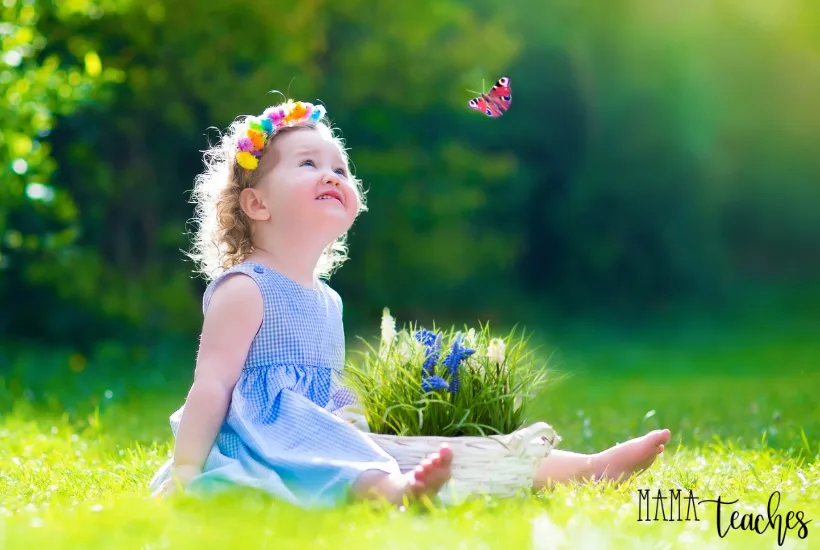
Basic Facts About Butterflies
Let’s cover the basic butterfly facts for kids.
Butterflies are insects.
Like other insects, they have six jointed legs, three body parts, a pair of antennae, and an exoskeleton.
They live their lives in four stages:
- egg
- larva (aka caterpillar)
- pupa (when they wrap themselves in a chrysalis/cocoon)
- adult
There are many species of butterflies (at least 17,500), but sadly, some are endangered.
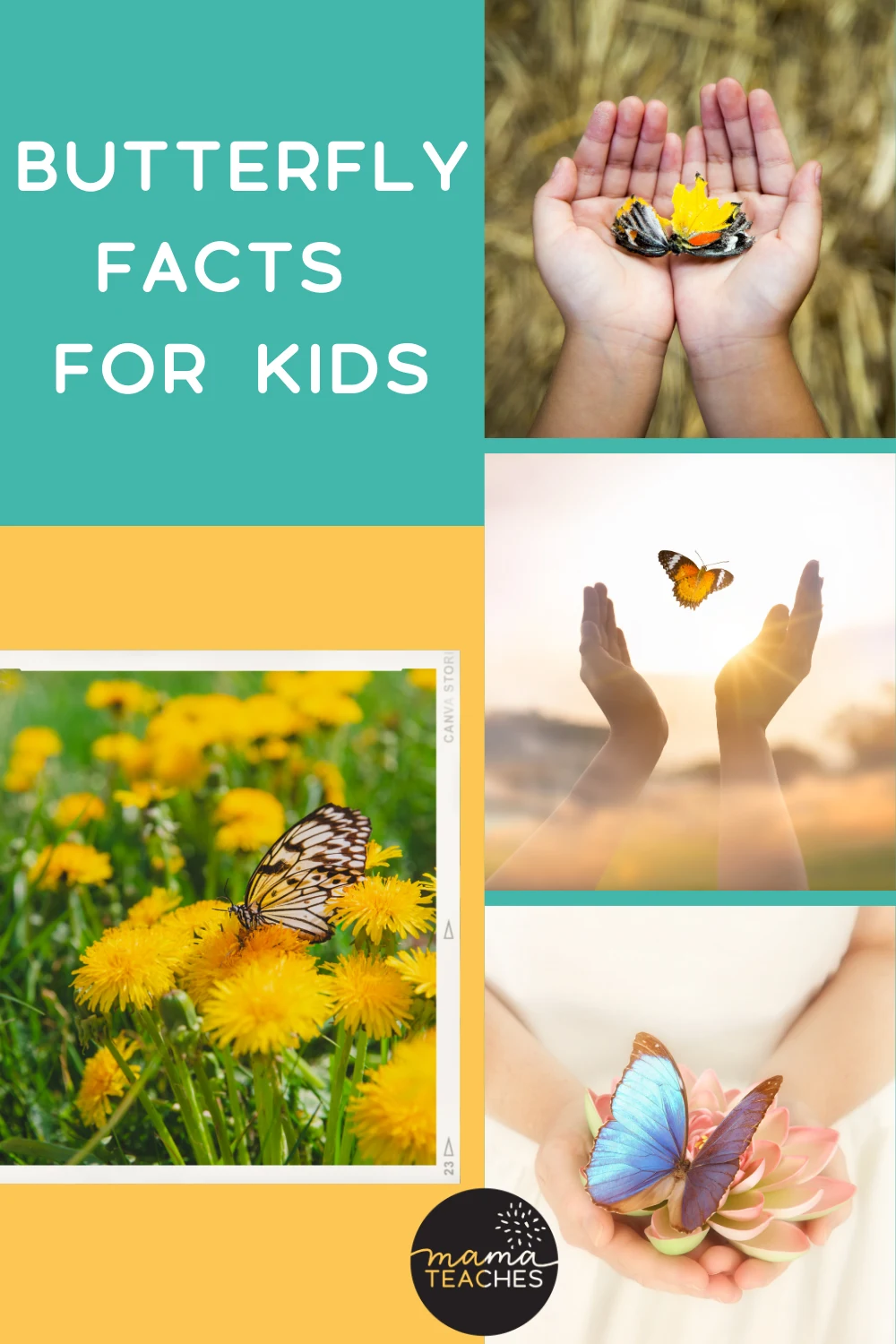
This article contains affiliate links to things that you might like.
Fun Facts About Butterflies
Now that you know some basic facts about butterflies, check out these fascinating butterfly facts for kids.
1. Butterflies are Important Pollinators
No doubt you have noticed butterflies flit from flower to flower.
They are looking for the sugary nectar that flowers produce.
As they hunt for the nectar inside the flower, they brush against the anthers of the flower. This is where the flower’s pollen is stored.
The butterfly gets pollen on its legs and body.
As it travels to the next flower, the pollen from the previous flower rubs off, pollinating the flower.
This enables the fruit of the flower to grow.
Butterflies are important pollinators for many vegetables and herbs.
Do you like carrots, celery, dill, mint, rosemary, artichokes, peas, beans, broccoli, cauliflower, or Brussels sprouts?
If so, you should thank butterflies!
Without them, many of the vegetables and herbs would not grow.
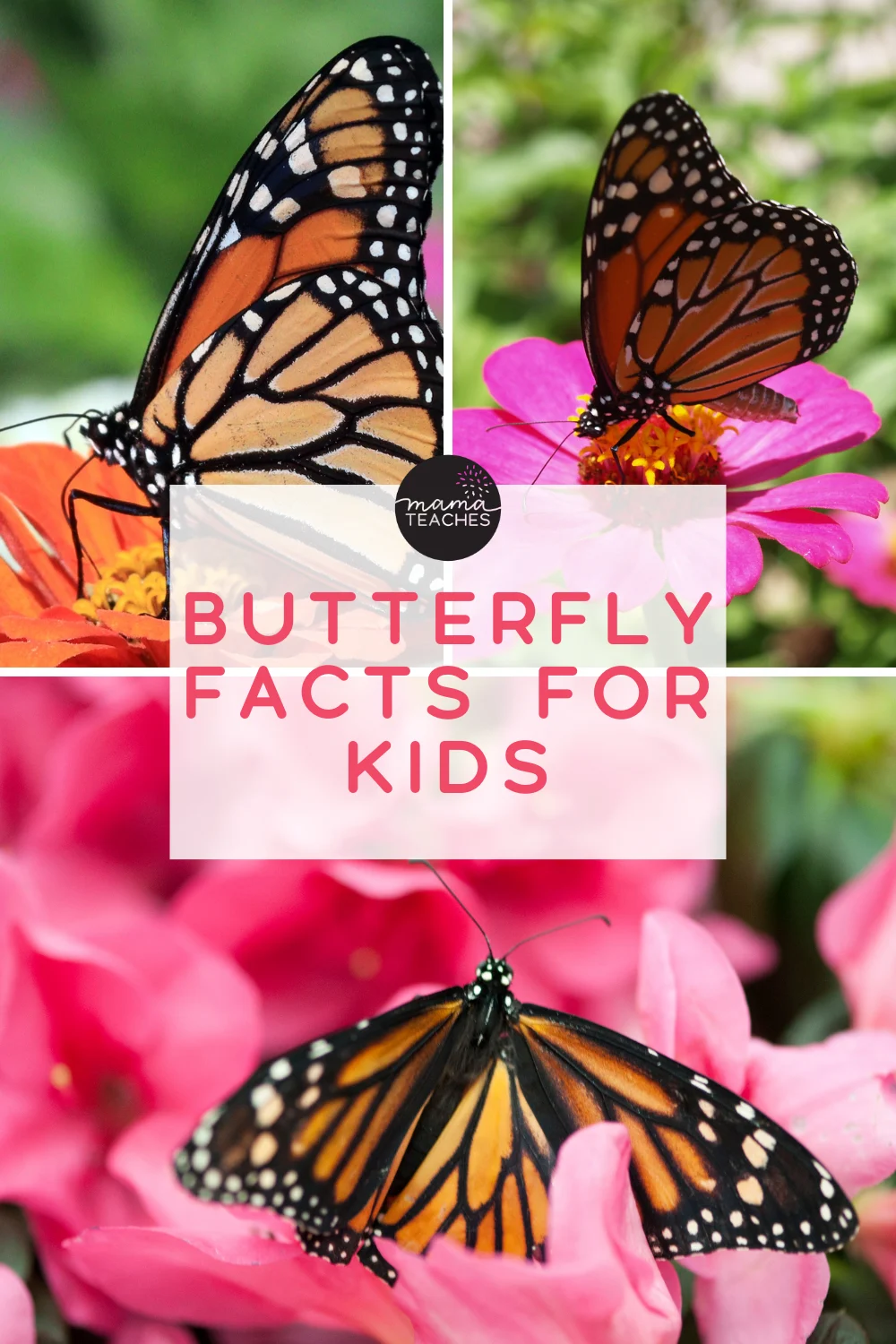
2. Monarchs Are Epic Travelers
When you think of animals that travel great distances, you likely think of salmon, whales, or geese.
You should also picture the Monarch butterfly.
Monarch butterflies in North America travel 1800 miles to spend the winter in Mexico (some even travel 3000 miles!).
What is especially amazing is that it takes four generations of Monarchs to complete the migration!
At the end of October each year, Monarch butterflies east of the Rocky Mountains fly southward to their wintering spot in the pine-oak forests of Mexico.
In the spring, the Monarchs fly north again.
On the way, the females lay eggs. Soon the generation that wintered in Mexico dies off.
The new butterflies hatch from the eggs and continue to fly north. They do not live as long as their parents, typically only two months.
These butterflies lay eggs and die, and the next generation is born. This happens again in the late summer or early fall.
In October, the original Monarch migrators’ great-grandchildren return to the same wintering spot their great-grandparents used.
No one knows quite how Monarchs find their way. Scientists think it has something to do with the sun’s position and the Earth’s magnetic pull.
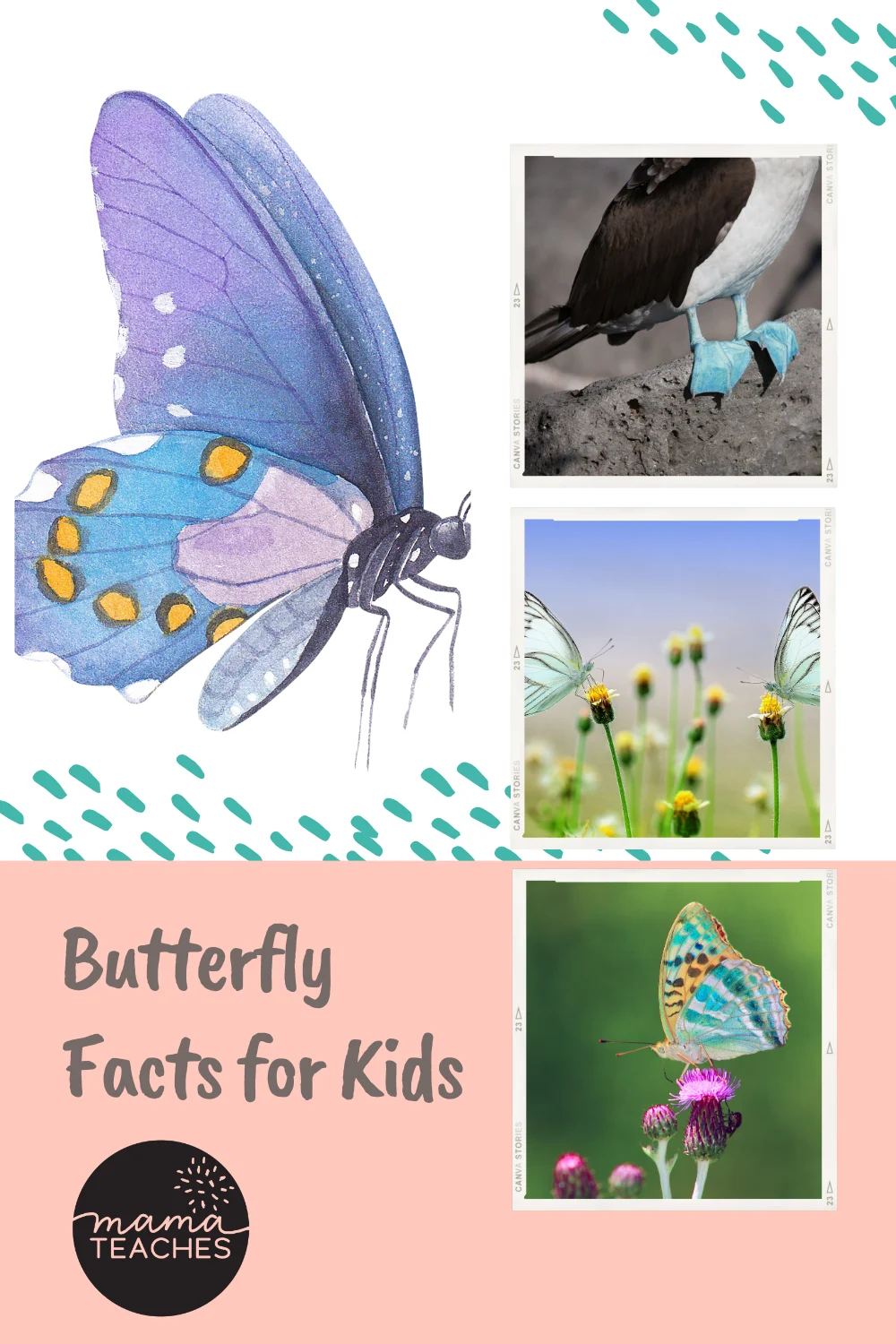
3. Butterflies Taste Food with Their Feet
Butterflies have a way to taste with their feet.
When they land on a flower, they stomp up and down with their feet to release the juices in the petals.
Their legs actually have taste buds (just like what you have on your tongue).
They can tell by the taste if this is the flower they seek.
They also have taste buds on their antennae.
Butterflies don’t have a tongue like you and me, but they do have a proboscis (like an extendable straw from their mouths).
Although both the antennae and the proboscis have taste buds, butterflies can taste best with their feet!
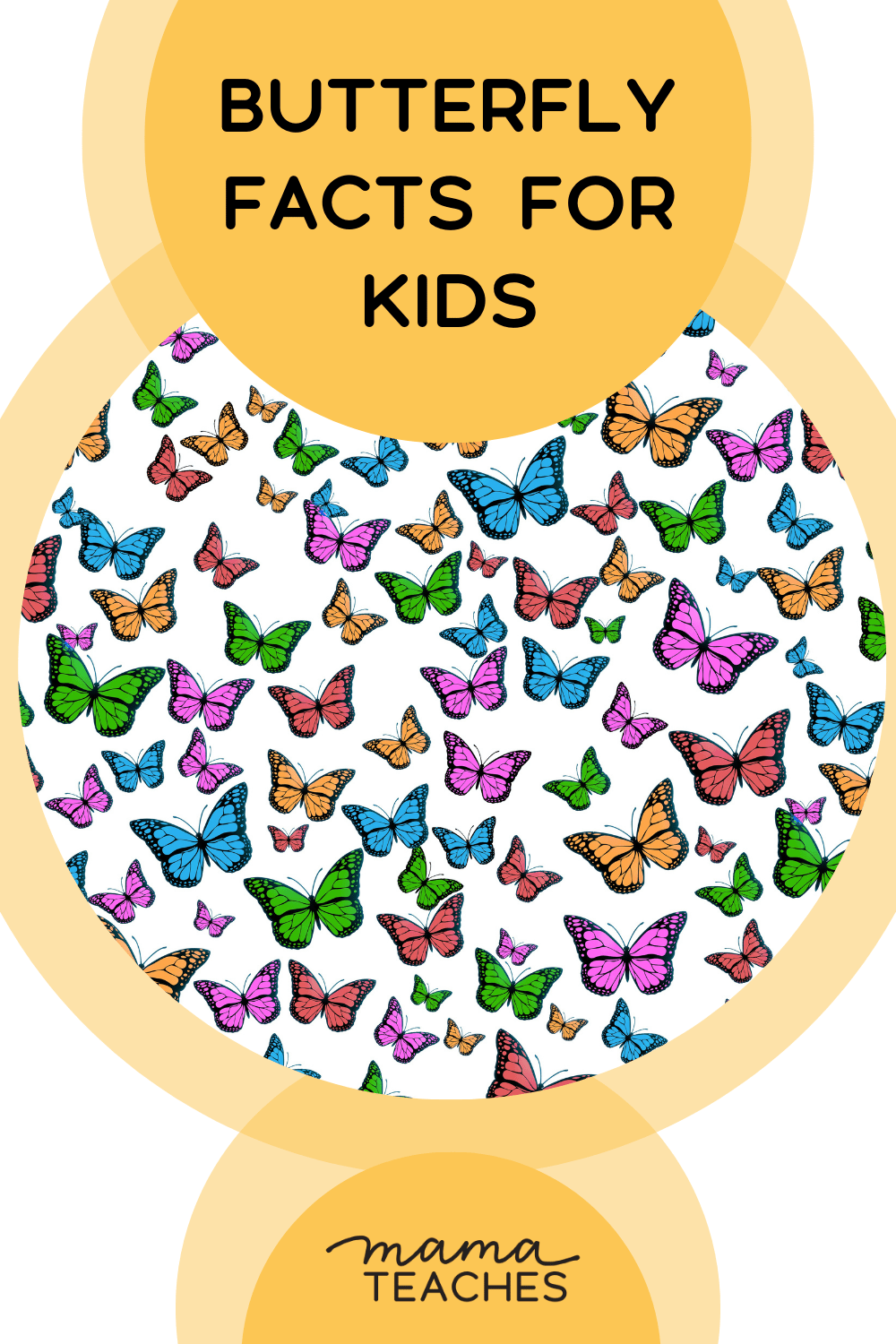
4. Butterflies Have Favorite Colors You Can’t See
Do you have favorite colors? Butterflies do, too!
Butterflies prefer flowers that are red, pink, white, purple, orange, and yellow.
They do not like blue and green.
Butterflies can also see ultraviolet light; humans can’t. We only see the colors of the rainbow.
Some flowers have special ultraviolet patterns that show themselves to butterflies.
These colors and patterns advertise to butterflies that the flower has the sugary-sweet nectar they crave.
5. Butterflies Have Scales
Lizards have scales. Fish have scales. And so do butterflies.
Butterfly wings are covered in tiny delicate scales.
Each scale snaps into a tiny pocket on the wing.
These scales are what give butterfly wings their unique colors. They come in all the rainbow colors and can be shiny and iridescent.
Never touch a butterfly’s wing; you can detach its scales and make it impossible for the butterfly to fly.
This apparent weakness can save a butterfly’s life as well. If a butterfly is caught in a spider’s web, the scales can detach, and the butterfly can get to safety.
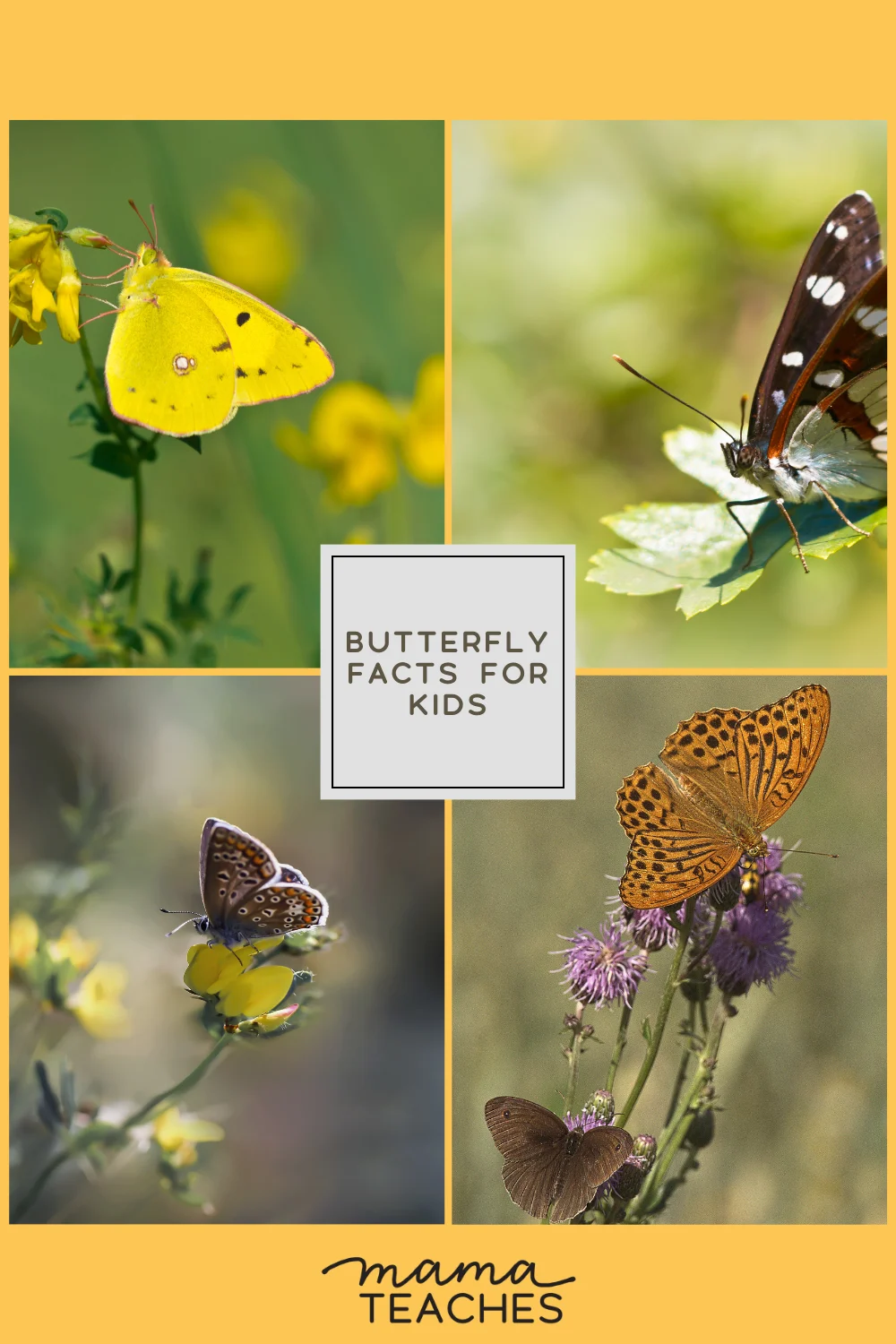
6. Butterflies Like It Warm
Butterflies warm up and cool down with the temperature of the air.
If the air cools too much, the butterfly moves slowly. It can’t flap its wings fast enough to fly.
The ideal temperature for a butterfly is between 85 and 100 degrees Fahrenheit.
Some butterflies cannot fly if the temperature dips below 80. None can fly below 60 degrees Fahrenheit.
6. Butterflies Live for a Short Time
Remember, a butterfly has four life stages: egg, larva, pupa, and adult.
The adult stage of the butterfly is the one you recognize: when they have wings.
This stage of a butterfly’s life is very brief.
For most butterflies, it lasts a month.
Some small adult butterflies live only a few days.
The overwintering Monarch (the one that spends the winter in Mexico) lives the longest: nine months.
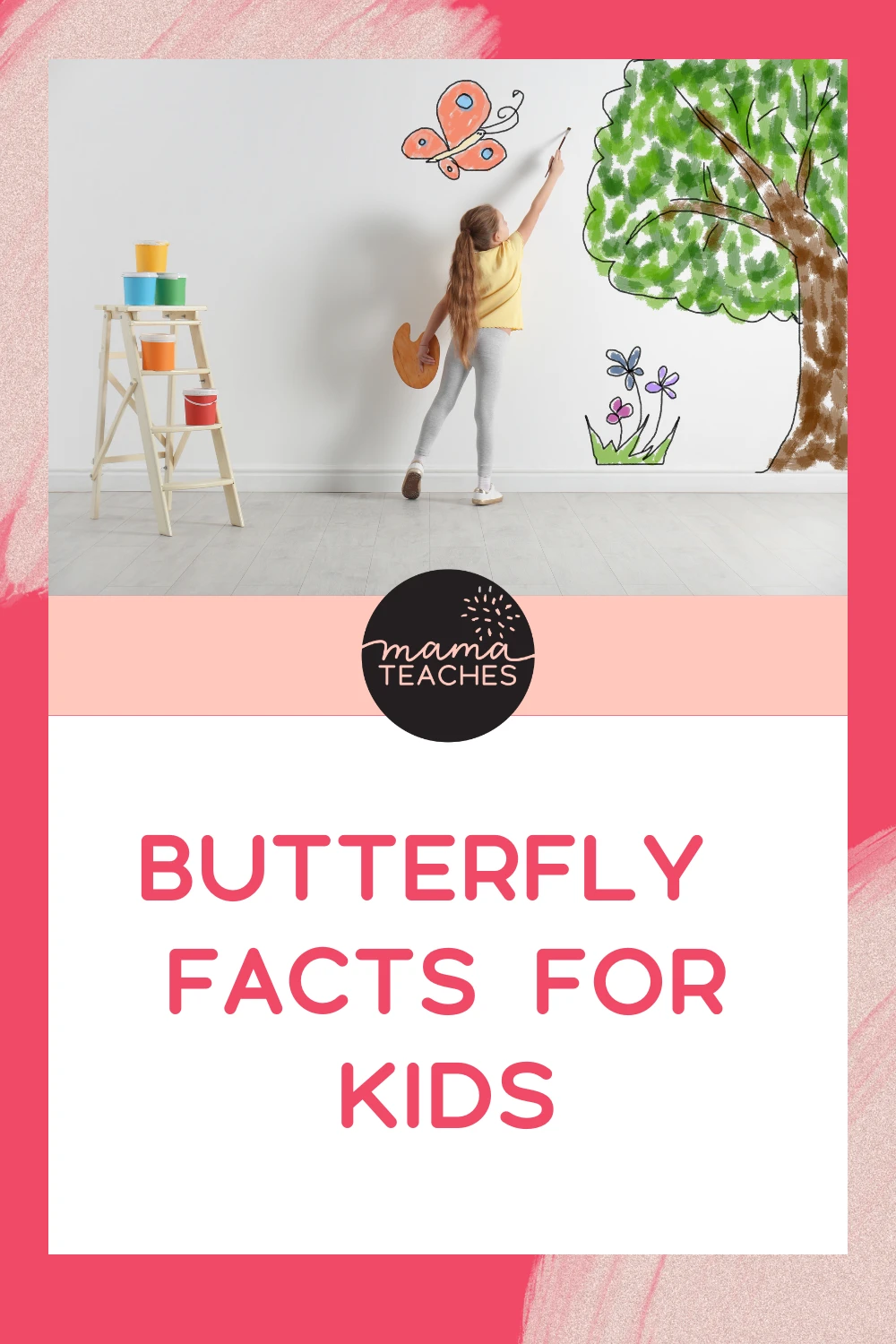
7. Butterflies Don’t Sleep
When you sleep, you close your eyes, and your mind drifts into dreamland.
Butterflies don’t do that.
First, they don’t have eyelids, so they can never close their eyes.
Second, they don’t drift off mentally. They go into a state called quiescence.
Remember, they cannot fly when it is cool, so they preserve their energy by going still.
They do this at night and on cloudy, wet days.
They have tiny hooks on their legs to dangle upside down under a leaf.
The leaf provides shelter from the drops of rain or the morning dew.
8. Butterflies Go Puddling
Butterflies don’t have teeth. They don’t need them; they drink their food (the nectar from flowers).
But they also drink water.
Why do they do this? They need minerals and salt. Nectar does not have these things, but soil does.
Butterflies will seek out puddles of water and drink the water to get the minerals that have leeched out of the soil.
This is called puddling.
The butterflies hop from puddle to puddle to shake up the water and distribute the minerals to the puddle’s surface.
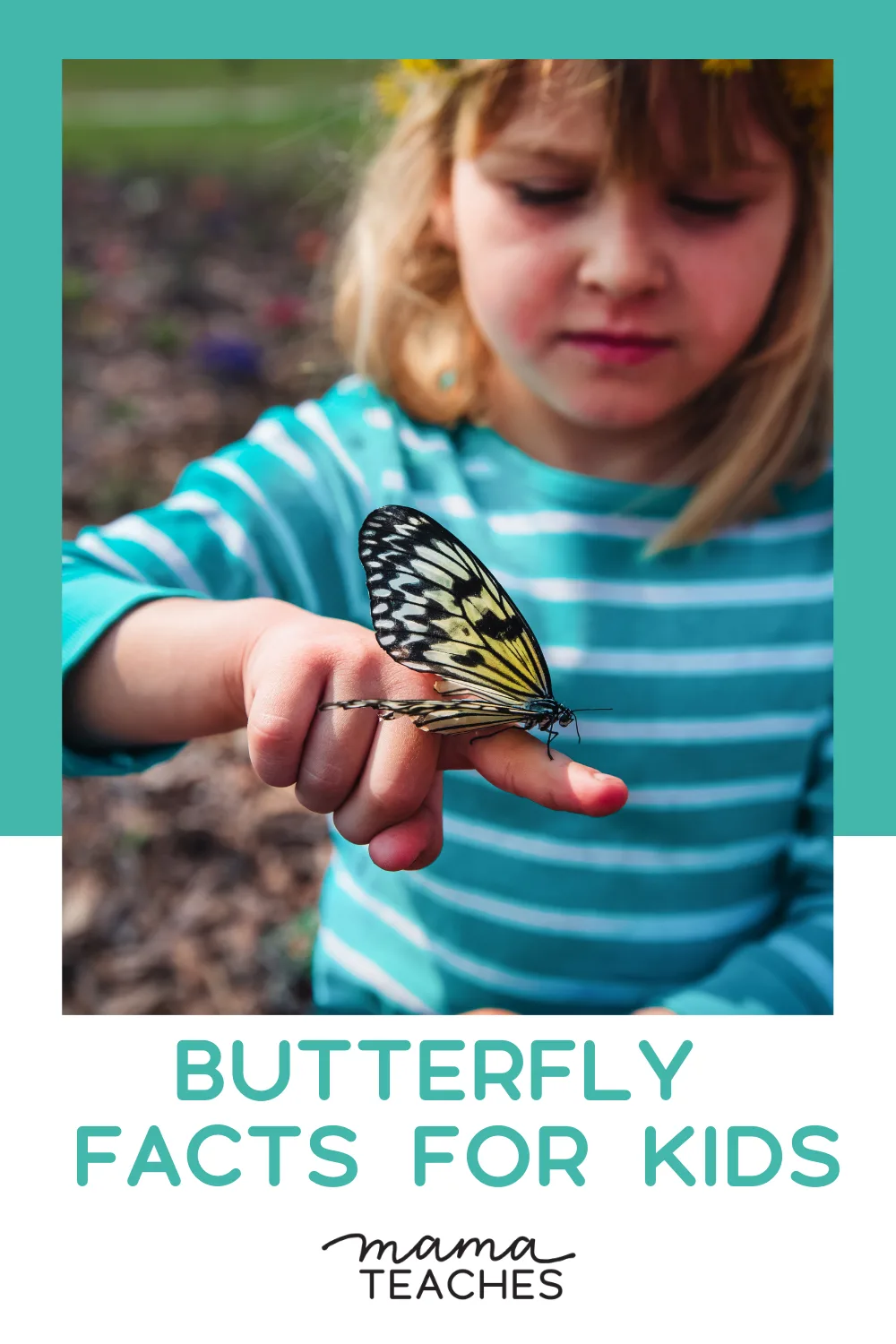
Read More About Butterflies
Do you want to know more about our fluttery friend, the butterfly? Check out these books about butterflies and find out some more butterfly facts for kids.
My, Oh My–A Butterfly!
This Cat in the Hat Learning Book is perfect for preschoolers and Kindergartners.
Butterflies for Kids: A Junior Scientist’s Guide
This book for ages 6-9 is packed with photos, illustrations, and butterfly fun facts.
The Girl Who Drew Butterflies
This biography by Joyce Sidman tells the story of Maria Merian, who was the first person to document the butterfly’s metamorphosis.
